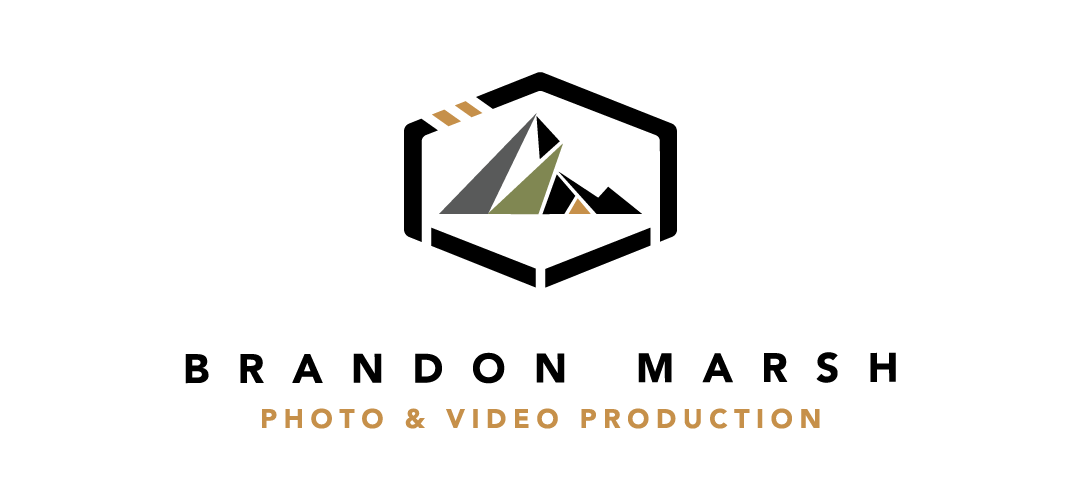The High Cost of Playing it Safe: Marketing Architecture and Interior Design

In the world of architecture and interior design, distinction is not merely a goal—it’s a necessity. Recently, I attended an award show within the building community where one company walked away with about 75% of the awards. While they deserved everything they won, their dominance sparked my curiosity about why this happens so frequently. Our world has no shortage of companies offering the same products and services, so why do so many gravitate toward the same handful of providers? Isn’t the goal to stand out in the crowd?
The Comfort Zone
The simple answer is that there is comfort in playing it safe. Safety is seen as predictable and logical, particularly for those fixated on ROI, leading to marketing strategies that, frankly, border on boring. This conservative approach leads to uniformity, where companies using the same marketing professionals—photographers, videographers, and agencies—start to look and sound alike, blending into a “sea of sameness.” This is why healthy competition exists. Without it, there would be no driver for innovation and diversity across an industry.
It’s imperative to remember that micro changes in how you present your brand can lead to macro results. As James Clear articulates in Atomic Habits, even a 1% change can significantly influence outcomes over time. You can start small by reviewing your current marketing materials and identifying elements that feel generic or outdated. Introduce micro changes that better reflect your unique brand identity, whether it’s through updated visuals, a refreshed tone of voice in copywriting, or innovative formats for your campaigns. You don’t have to do a complete rebrand to begin working towards who you want to become.
“Making a choice that is 1 percent better or 1 percent worse seems insignificant in the moment, but over the span of moments that make up a lifetime, these choices determine the difference between who you are and who you could be.” – James Clear
As a commercial photographer and videographer who has worked in various genres over the years, I’ve witnessed first-hand how the same familiar patterns and choices in marketing can mute the unique qualities of the most talented and credible companies. It’s time to make a shift and dare to be different, not just in design but in how you market your skills.
Shifting From Reactive to Adaptive Marketing
In the last two decades, rapid changes have forced many companies into a reactive stance, constantly adjusting to the latest trends or disruptions. Yet, this wasn’t always the case. Back in the 80s and 90s, strategic, well-planned campaigns were the key to marketing success. Today, we need to rediscover that proactivity with a modern flair. Adaptive marketing isn’t just about quick responses but anticipating changes and strategically aligning campaigns to meet future demands while staying flexible in execution.
Let’s think about what it takes to construct a building or develop a cityscape. It requires extensive forethought—from environmental studies to detailed blueprints—well before breaking ground. This meticulous planning fosters resilient, multi-generational communities. Similarly, effective marketing demands foresight and collaboration, laying a solid foundation that not only supports growth but also withstands inevitable market shifts. Map out your marketing campaign with the same precision as a city planner would approach a new development.
Few could predict the impact social media would have on how we connect and distribute our message. In fact, many of us are still trying to grasp how to get the most out of these platforms. But those who were adaptive in the beginning were the ones who won. It’s time to look ahead and recognize that marketing shouldn’t be handed over to Susan in accounting. You need the right team whose sole focus is to predict and produce so you can focus on what you do best.
“It’s time to look ahead and recognize that marketing shouldn’t be handed over to Susan in accounting.”
The Buzzword: Innovation
These days, it seems “innovative” is a buzzword every company wants to claim. But true innovation means more than just saying the word—it’s about setting trends, not following them. Take Apple, for example. Their “Think Differently” slogan wasn’t just about their products; it was about how they presented them to the world. They stood out because they were willing to explore uncharted territory, offering unique solutions and perspectives.
If you truly want your company to be innovative, you can’t shy away from taking risks and trying what others won’t. Consider setting aside a small budget for experimental marketing tactics—think of it as “play money.” True innovation often comes from assembling the right team with the freedom to experiment. One common mistake companies make is only looking within their existing network for solutions. However, real innovation often requires fresh eyes to challenge prevailing assumptions and push boundaries. That’s why relying on Susan from accounting to manage your social media marketing efforts might not be the best approach. She already up to her eyeballs in numbers.
“We need to get innovative about the term ‘innovative.'” – Brandon Marsh
It’s Time to Introduce a New Lens
Each photographer and videographer brings a unique lens to the world. This is why I don’t really view my peers as competition. It’s not just the quality of images or videos that sets us apart; it’s how we interact with clients, our approach, and our perception of literally everything.
Imagine if several photographers shot the same beautiful cottage surrounded by mountains on a calming lake with the perfect dramatic sky. Everyone, even those who aren’t professional photographers, could take a beautiful photo. The subject is innately captivating. But no two pictures would be identical. Each would reflect a different interpretation that is shaped by their unique perspective.
Don’t get me wrong, I am a firm believer in loyalty. However, when it comes to uniform marketing strategies, something has to be challenged. Partnering with a diverse range of creatives can breathe new life into project presentations, ensuring they stand out in a competitive market.
A Call to Action: Embrace Risk in Marketing
Just as taking design risks can set your architecture or design firm apart, so can taking risks in your marketing strategies. It’s about being bold enough to let your marketing mirror your creativity in designs. As a commercial photographer and videographer, it is my goal to help you tell that story—not just to showcase your projects but to reveal the full experience.
Many companies believe, “Our work speaks for itself!” However, in a crowded market, that’s not enough to truly stand out. It’s more crucial to communicate who you are and how and why you do what you do rather than just what you do. It’s time to invite your audience behind the scenes to show them your raw story. This is what leads to trust and credibility as, over time, the viewer doesn’t need others to validate you; they will have established their own opinion and are more willing to take calculated risks.
Your Opportunity Awaits
If you think about it, we all work in an industry focused on creating visions that stand the test of time. Your choice of marketing partners should be no different. By collaborating with different creatives, you open doors to fresh, impactful perspectives that do more than showcase designs; they redefine how those designs are perceived and experienced.

